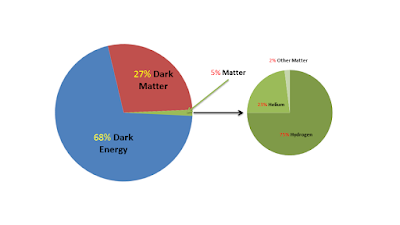The Start of the War
World War I began on July 28, 1914, when Austria-Hungary declared war on Serbia. This seemingly small conflict between two countries spread rapidly: soon, Germany, Russia, Great Britain, and France were all drawn into the war, largely because they were involved in treaties that obligated them to defend certain other nations. Western and eastern fronts quickly opened along the borders of Germany and Austria-Hungary.The Western and Eastern Fronts
The first month of combat consisted of bold attacks and rapid troop movements on both fronts. In the west, Germany attacked first Belgium and then France. In the east, Russia attacked both Germany and Austria-Hungary. In the south, Austria-Hungary attacked Serbia. Following the Battle of the Marne (September 5–9, 1914), the western front became entrenched in central France and remained that way for the rest of the war. The fronts in the east also gradually locked into place.
The Ottoman Empire
Late in 1914, the Ottoman Empire was brought into the fray as well, after Germany tricked Russia into thinking that Turkey had attacked it. As a result, much of 1915 was dominated by Allied actions against the Ottomans in the Mediterranean. First, Britain and France launched a failed attack on the Dardanelles. This campaign was followed by the British invasion of the Gallipoli Peninsula. Britain also launched a separate campaign against the Turks in Mesopotamia. Although the British had some successes in Mesopotamia, the Gallipoli campaign and the attacks on the Dardanelles resulted in British defeats.Trench Warfare
The middle part of the war, 1916 and 1917, was dominated by continued trench warfare in both the east and the west. Soldiers fought from dug-in positions, striking at each other with machine guns, heavy artillery, and chemical weapons. Though soldiers died by the millions in brutal conditions, neither side had any substantive success or gained any advantage.The United States’ Entrance and Russia’s Exit
Despite the stalemate on both fronts in Europe, two important developments in the war occurred in 1917. In early April, the United States, angered by attacks upon its ships in the Atlantic, declared war on Germany. Then, in November, the Bolshevik Revolution prompted Russia to pull out of the war.The End of the War and Armistice
Although both sides launched renewed offensives in 1918 in an all-or-nothing effort to win the war, both efforts failed. The fighting between exhausted, demoralized troops continued to plod along until the Germans lost a number of individual battles and very gradually began to fall back. A deadly outbreak of influenza, meanwhile, took heavy tolls on soldiers of both sides. Eventually, the governments of both Germany and Austria-Hungary began to lose control as both countries experienced multiple mutinies from within their military structures.Germany After the War
Many historians, in hindsight, believe that the Allies were excessive in their punishment of Germany and that the harsh Treaty of Versailles actually planted the seeds of World War II, rather than foster peace. The treaty’s declaration that Germany was entirely to blame for the war was a blatant untruth that humiliated the German people. Furthermore, the treaty imposed steep war reparations payments on Germany, meant to force the country to bear the financial burden of the war. Although Germany ended up paying only a small percentage of the reparations it was supposed to make, it was already stretched financially thin by the war, and the additional economic burden caused enormous resentment. Ultimately, extremist groups, such as the Nazi Party, were able to exploit this humiliation and resentment and take political control of the country in the decades following.
Source:SparkNotes
By:Ayush Kumar Sharma
By:Ayush Kumar Sharma






No comments:
Post a Comment